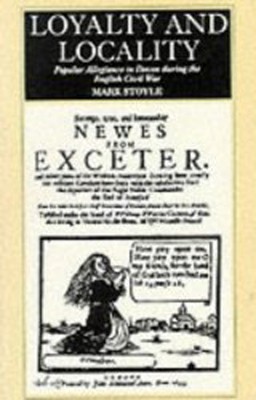
- We will send in 10–14 business days.
- Author: Mark Stoyle
- Publisher: University of Exeter Press
- ISBN-10: 0859894282
- ISBN-13: 9780859894289
- Format: 15.5 x 23.6 x 3.3 cm, kieti viršeliai
- Language: English
- SAVE -10% with code: EXTRA
Reviews
Description
This volume is a study of popular behaviour during the English Civil War. The book makes three claims. The first is that English counties did not behave as homogeneous units during the conflict of 1642-46, but that they divided instead along regional lines, certain areas supporting Parliament, others supporting the King. The second is that this general rule applied to cities too, and that in urban communities it is possible to discern both 'Royalist' and 'Parliamentarian' parishes. The third is that these internal divisions were not simply temporary alignments, conjured up by extraordinary circumstances, but that they reflected deep and enduring splits in local society, contrasting patterns of popular behaviour stretching back over very many years.
EXTRA 10 % discount with code: EXTRA
The promotion ends in 22d.05:35:30
The discount code is valid when purchasing from 10 €. Discounts do not stack.
- Author: Mark Stoyle
- Publisher: University of Exeter Press
- ISBN-10: 0859894282
- ISBN-13: 9780859894289
- Format: 15.5 x 23.6 x 3.3 cm, kieti viršeliai
- Language: English English
This volume is a study of popular behaviour during the English Civil War. The book makes three claims. The first is that English counties did not behave as homogeneous units during the conflict of 1642-46, but that they divided instead along regional lines, certain areas supporting Parliament, others supporting the King. The second is that this general rule applied to cities too, and that in urban communities it is possible to discern both 'Royalist' and 'Parliamentarian' parishes. The third is that these internal divisions were not simply temporary alignments, conjured up by extraordinary circumstances, but that they reflected deep and enduring splits in local society, contrasting patterns of popular behaviour stretching back over very many years.


Reviews